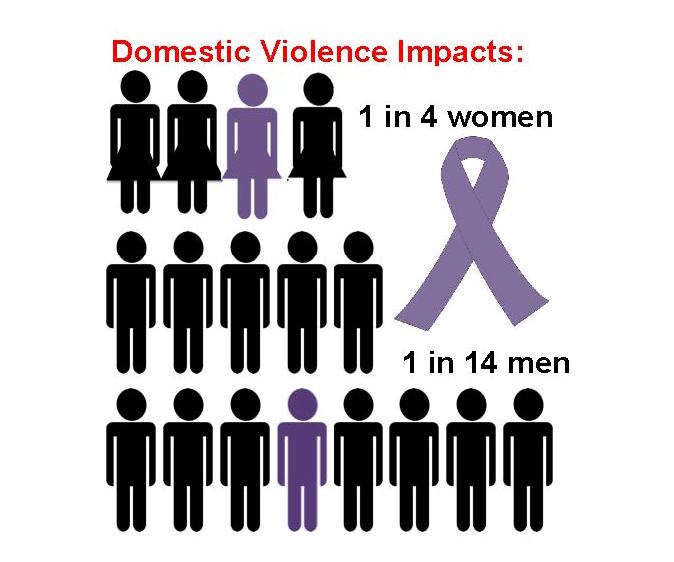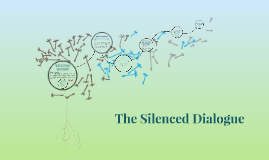
The social Event I chose to attend was on the 28th of October 2017. The event was on Power and Control: Domestic Violence In America. The film was about how women are targeted for domestic violence more than men are. This is a topic discussed a lot around campus. I remember having a sexual assault seminar for athletes, that was required by the NCAA. We also had a seminar about the green dot and what we could do to interfere with domestic violence as well.
This video discusses about how the main character, Kim Mosher, who is a white women with green eyes. She looks to be skinny and has pimples on her face. She has three daughters with her husband named Josh. They only reveal two of their daughters names, the oldest who is eight years old is Dakotah, and the middle child who is six years old is Debrah. Josh who is the husband of Kim, is a tall white man with gray eyes, who was a former football player, as well as a corrections officer.
He domestically abuses his family, whether it is punishing the kids or lashing out at his wife. His wife works at MacDonald’s and goes to school. She states that he tends to put her down because of that. She also stated how he never really helps her out around the house. She was talking about how it only took one swing at her that made her want to leave her house, even though he did not hit her she made the decision to leave. She had told him before this incident that if he ever tried to hit her, she would call the cops on him. His response was “Oh you going to threaten me?” So she preferred to leave the house while he was at work.
In the video they talked about how every eighteen seconds a women is domestically abused. One out of four women in the United States will experience domestic violence in their life. As stated in LiveYourDream.org “4,774,000 women in the U.S. experience physical violence by an intimate partner every year.” This is a huge number when it comes to the United States alone. Can you imagine how many women at Rhode Island College would be impacted by domestic violence, due to the fact that there are more female students to attend Rhode Island College. Another fact they stated, “Each year, 2 million injuries and 1,300 injuries and 1,300 deaths are caused as a result of domestic violence. Three women are murdered every day by an intimate partner.”
Another source, NCAVD states “Women between the ages of 18-24 are most commonly abused by an intimate partner. Women abused by their intimate partners are more vulnerable to contracting HIV or other STI’s due to forced intercourse or prolonged exposure to stress.Physical, mental, and sexual and reproductive health effects have been linked with intimate partner violence including adolescent pregnancy, unintended pregnancy in general, miscarriage, stillbirth, intrauterine hemorrhage, nutritional deficiency, abdominal pain and other gastrointestinal problems, neurological disorders, chronic pain, disability, anxiety and post-traumatic stress disorder (PTSD), as well as noncommunicable diseases such as hypertension, cancer and cardiovascular diseases. Victims of domestic violence are also at higher risk for developing addictions to alcohol, tobacco, or drugs.”Not only does the abuse affect their relationship with each other but also the life of the abused persons body and future life. The abuser only cares about himself and do whatever he wants and does not think twice about doing it over and over again. 
Before Kim had left Josh, he would always punish their children. Sometimes he would hit them very hard and leave marks on them. He would even put pressure on their shoulders to hurt them sometimes, he said it was because his mother did the same to him. In reality this did not give him the right to abuse his children like that, but this would be very hard to teach one not to do it when he had that done to him all his childhood. Another thing discussed in the video was about how men have to attend treatment programs. One white man states that he saw his father abuse his mother, which lead him to think that his actions was okay. So when he became a man he would do the same things his father did.

One thing about the video that I found interesting was that why did they add a police officer searching a man, who looks to be disabled. I did not really understand why they added this in the video.
An abusive relationship is when one spouse down grades another, and or takes over their entire life. Which was the case with Kim and Josh. Josh took control of her financial status, and monitored all her transactions. Another thing he did was make sure he was always able to control her and put her down for still going to school. At the Safe Haven battered women’s shelter, they had explained that if one women stayed only one night there, it was because she went back to the abuser. They think that just because times are tough and they are not able to be financially stable they will try to get back together with their abuser. Another way an abuser can lure back their abused partner is that they try to apologize and say it would never happen again.

In this case Kim found a house where she could live with her two daughters and had asked for a divorce. In early 2009 she had asked Josh to move in with her. The reason why she asked him to come was because she was sick and was unable to take care of her children and work. He said that he did not like helping her but he kept his mouth shut to show her that he has changed. I found it crazy to find out that his own children knew what he had done to them and his mother that they were yelling at him and telling him that they had wished he wasn’t their father.
I would relate this video to “Literacy with an Attitude” by Patrick J. Finn. This related to the article because it discusses on how the rich get more powerful literacy, when the poor gets the domestic literacy. This can relate to the video because it stated how the death of a famous person Nichole Brown Simpson was on the news about being abused by her partner. And they stated in the video how a regular United States women would not be in the news. Here we can see how being rich can help one be able to leave their partner, because they would not have to suffer financially.
The second article that relates to this video is “Speaking the unspeakable in forbidden places’ addressing lesbian, gay, bisexual and transgender equality in the primary school” by Allan, Atkinson, Brace, DePalma and Hemingway. This is because we never really tend to hear about how LGBT people being impacted by domestic abuse. Stated in the Center for American Progress “Domestic violence in same-sex families does occur, however. Studies have found that domestic violence occurs among same-sex couples at comparable rates to straight couples: One out of four to one out of three same-sex relationships has experienced domestic violence. By comparison, one in every four heterosexual women experiences domestic violence in her lifetime.” As we can see is that it is the same ratio as women who are being impacted by domestic abuse
The last reading I will be connecting to is “Unlearning the myths that Blind Us: Critiquing Cartoons and Society” by Christensen. This is because in some television shows they are shown to represent domestic violence in a dark way. They use dark humor for a topic like this. Such like in family guide, the whole family seems to hate Meg Griffin. She is always picked on and is downgraded by the family. In some episodes we can see her father even hits her sometimes.







